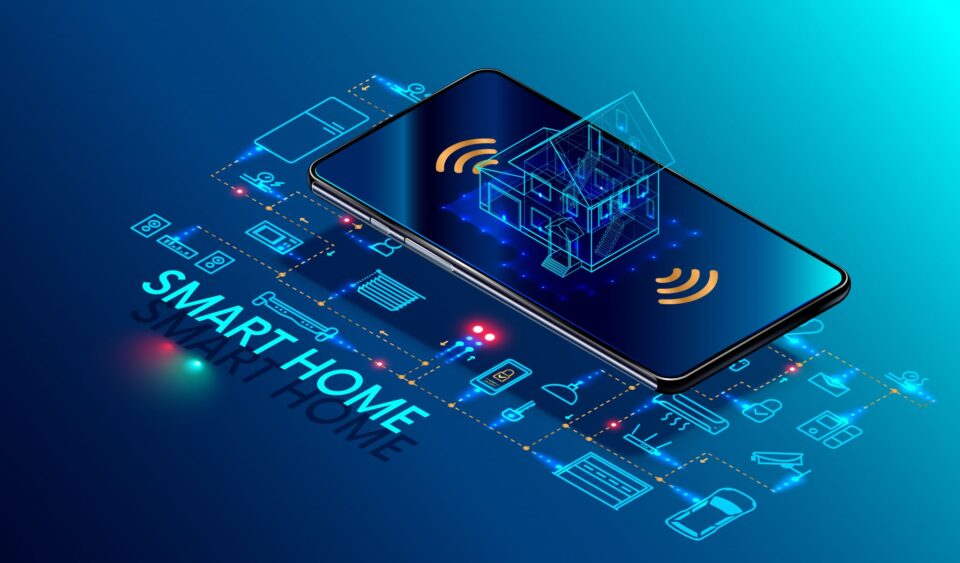A home that is automated has electronic devices controlled automatically. Because they are online, these gadgets can be managed from afar. With home automation, you may set devices to automatically adjust for each other using a single app or voice command.
You may programme your lights to turn out at the same time you do, or you can set your thermostat to begin blasting the air conditioner an hour before you get home from work to avoid coming home to a steamy house.
Automating your home not only makes your life easier, but it can also save your utility costs. Internet of Things devices, such as security cameras and systems, can increase safety as another benefit of home automation.
How Does Home Automation Work?
Various communication protocols, including Wi-Fi, Bluetooth, and others, enable a network of devices to control multiple aspects of an automated home. Thanks to electronic interfaces, the gadgets can be controlled remotely via controllers, such as a voice assistant.
Sensors in many of these iot home automation devices track changes in motion, temperature, and light to provide the user contextual data. Actuators, such as smart light switches, motorized valves, or motors, are triggered by the user to effect a physical change in the device.
Video Door Phones:
The most cutting-edge home automation products are video doorbells. People worldwide rely increasingly on video door phones to keep their homes safe. Keeping tabs on loved ones, especially young children and older adults, becomes increasingly difficult.
In this dynamic world, physical barriers are useless. The door video phone (VDP) comes into action here. These video door phones can be used with fingerprint sensors to restrict entry to authorized visitors, such as family members and trusted service providers.
-
Remote Access:
Having remote gadget control lets a plant sit in without hiding a key under the rug.
-
Comfort:
Do you know how sometimes you get all cosy in bed and then remember you left the bathroom light on? Using smart light bulbs eliminates the need to get out of bed to turn off the lights.
-
Conservation Of Energy:
How often do you leave the thermostat set to full blast? By automating your home, you can save money on utilities by programming your thermostat to turn on and off at specific times.
Nest thermostats, in particular, were found in a study6 to reduce HVAC costs by roughly 12%. This means that the cost of installing one of these smart thermostats can be offset by the money you save in the long run.
-
Convenience:
The ability to schedule gadgets and even coordinate their on/off times with the sun’s and moon’s movements is incredibly useful. Just picture yourself coming down to freshly cooked toast every morning without lifting a finger.
Conclusion
Home automation refers to the process of automatically controlling various electrical equipment that are located within a residence. Because these devices are connected to the Internet, maintaining them from a distance is possible. Legrand products help households and factories avoid electrical disasters.

